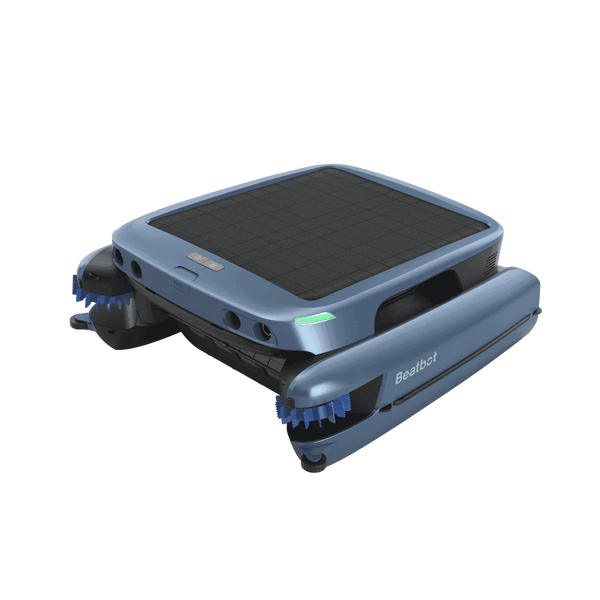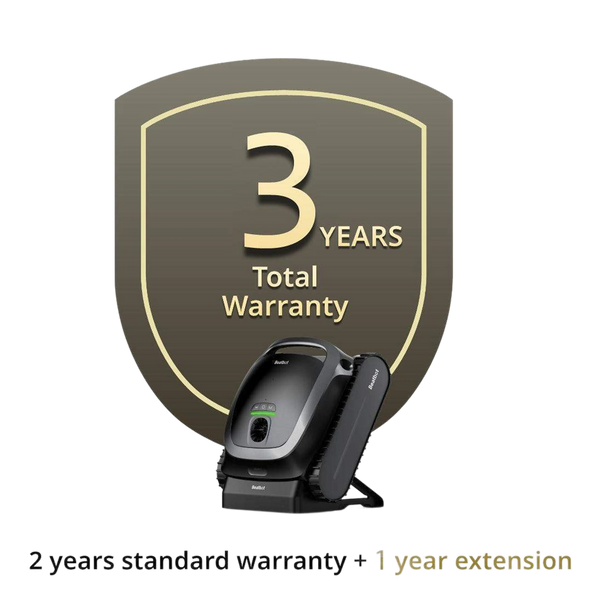How to Vacuum an Above-Ground Swimming Pool?
It's inevitable that your above-ground pool will accumulate dirt and require cleaning and vacuuming. Various factors can soil a pool, including severe weather like storms and high winds, regular use, or even the bane of many pool owners—landscaping work.
But the good news is, keeping your above-ground pool clean by vacuuming is a relatively simple task that, if done weekly, can generally be wrapped up in less than an hour,which is absolutely essential to keep it pristine and guarantee top-notch water quality. This practice eliminates dirt, debris, and other impurities that can obscure the clarity of your water and potentially harm your pool's equipment. But before you get started, it’s of importance to know how to do it.
Table of content

Essential Gear Needed to Vacuum an Above-Ground Pool:
Vacuum Head:
This component attaches to the telescopic pole and glides across the pool floor, lifting debris off the surface.
Telescopic Pole:
An adjustable pole that links to the vacuum head, granting you access to every corner of the pool.
Vacuum Hose:
This connects the vacuum head to either the pool's skimmer or a designated vacuum inlet, facilitating the suction process.
The Instructions:
Preparing the System:
Identify and manipulate the valves to isolate the pump (utilizing the multiport if necessary). Ensure the pump remains primed by isolating it and empty the motor basket. Additionally, empty the skimmer basket. Reinstall both baskets, prime the housing with water if required, replace the cover, and reopen the previously closed valves.
Priming the Hose:
Assemble the hose, vacuum head, and pole. Stretch the hose fully, positioning the vacuum head beside the skimmer opening. Submerge the assembled vacuum head into the water next to the skimmer.
Holding the hose starting from the vacuum head end, slowly submerge it underwater, allowing air to escape and be replaced by water. Continue submerging the hose until you reach the vacuum plate. This ensures no air is introduced into the system once connected.
Connecting the Vacuum Plate to the Skimmer and Activating the System:
If the hose is properly primed, water will emerge from its end once you reach the vacuum plate. Quickly connect the vacuum plate to the skimmer, minimizing air entry.
Activate the system and wait for pressure to stabilize and priming to resume at the pump.
Operating the Vacuum:
Use the pole to guide the vacuum head across the pool floor in long, slow strokes. If the vacuum head fails to clean or merely moves debris, you are moving too quickly. Note that moving the vacuum head underwater creates waves that stir dirt, so finding the right speed is crucial.
Monitor the pump motor while vacuuming! If it sounds abnormal or stressed, turn off the system and empty the basket to ease pump strain. Avoid overloading the basket to prevent pump or impeller damage.
Disconnecting the Vacuum:
Begin removing the hose from the water with the system still on. When the vacuum end of the hose floats to the surface near the skimmer, turn off the system to prevent air suction. This prevents previously suctioned debris from reentering the pool upon shutdown.Remove the vacuum, hose, and vacuum plate. Finally, empty the skimmer basket again.

Maintaining Your Above Ground Pool Vacuum:
To maximize the lifespan and effectiveness of your pool vacuum, it's essential to maintain it properly. Here's how you can do it:
Post-Use Cleaning:
Please always remember to rinse the vacuum head and hose thoroughly after each use. This will help hinder debris accumulation, ensuring that your equipment stays clean and efficient.
Proper Storage:
When not in use, store your vacuum equipment in a cool, dry location. This will shield it from environmental damage, ensuring it remains in good condition for future use.
Regular Inspection:
Conduct regular checks for signs of wear and tear on the vacuum head, hose, and pole. Replace any worn-out parts promptly to ensure optimal performance and prevent further damage.
Ensuring Cleanliness and Safety for Above Ground Pools:
Maintaining an above-ground pool involves daily upkeep and routine checks to ensure a safe and healthy swimming environment. Here are some best practices to keep your pool in top shape:
Daily Care:
Skim the surface daily with a net to remove floating debris. This prevents debris from sinking and makes cleaning easier.
Chemical Management:
Regularly test and balance pool water chemistry. Weekly tests ensure proper levels of pH, chlorine, and alkalinity, preventing algae growth and skin irritation.
Pool Cover Usage:
Use a pool cover when not in use to reduce debris entry, stabilize chemistry, and enhance safety by preventing falls.
Relative Blogs
About the author



















